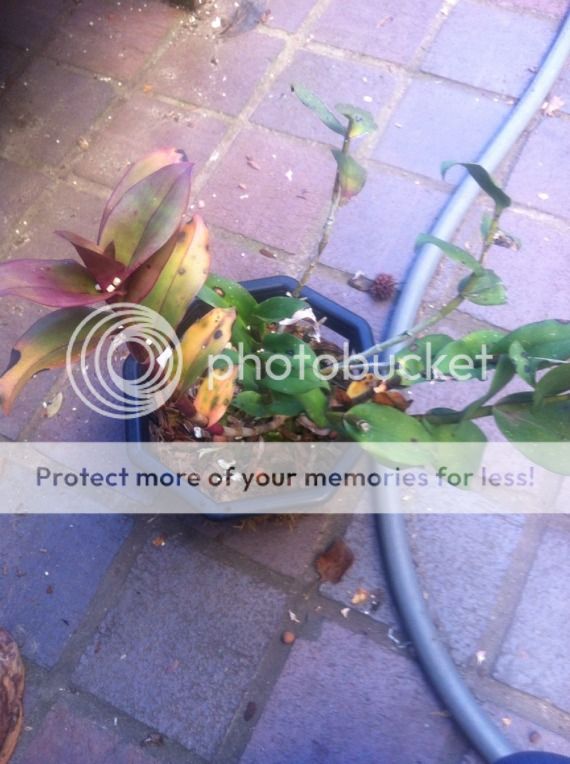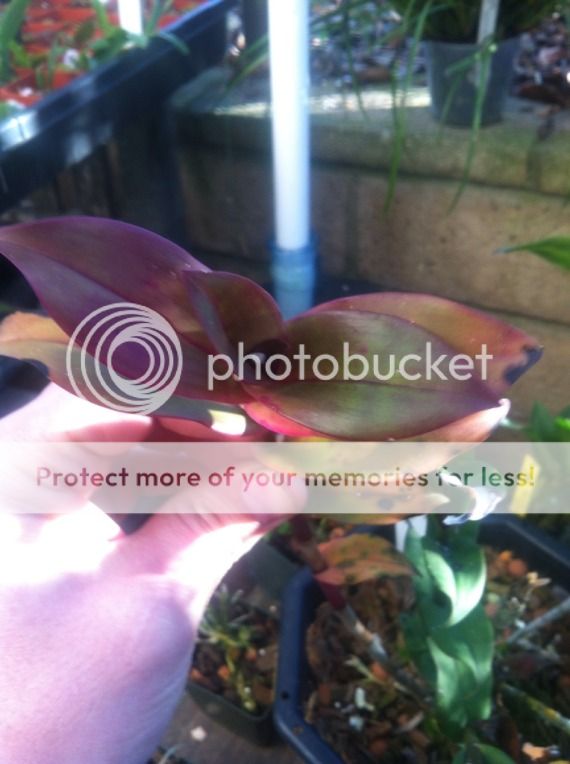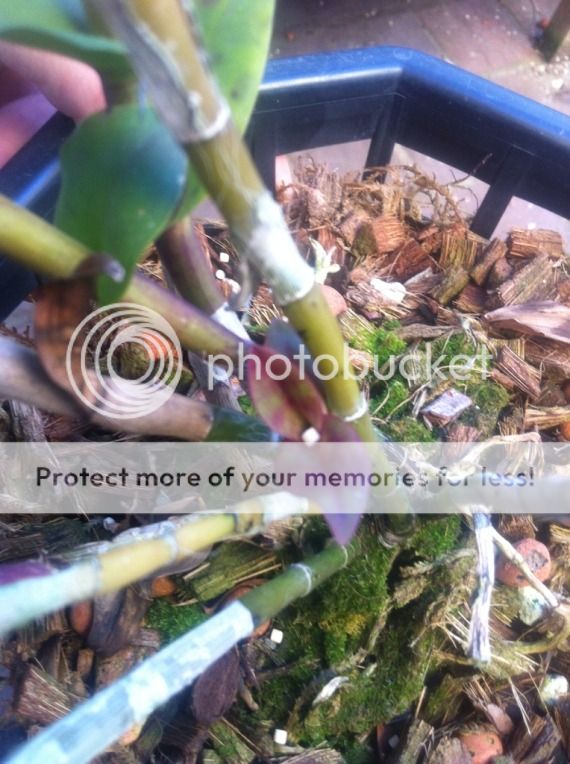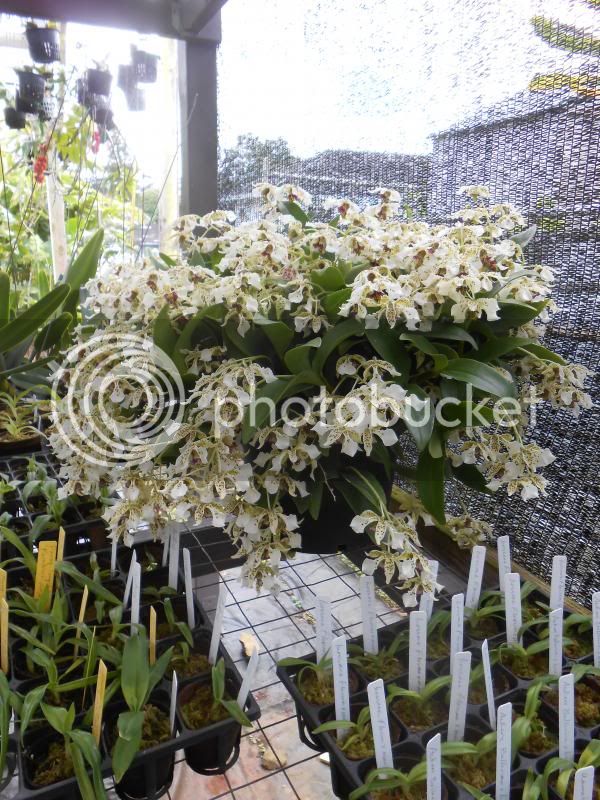I couldn't grow a phalae in a pot to save my life, but grew them pretty decent on mounts (no K retention in the mix). But even my mounted stuff is doing significantly better low K.
Rick, at the risk of sounding really repetative, why do you think thousands of other people are/were able to grow phalies in pots with all kinds of wild fertilizer programs (not me by the way, I haven't even tried) when you could not?
Doesn't the above fact point to you making some other type of cultural mistake? By the time you you switched to low K you may have also learned to grow Phals in pots. ie: Letting the roots dry out properly like they did on the mount. Nothing to do with K.
I can see no other explanation.
I've only been growing Paphs seriousy for only 3 years. I still have trouble getting the results I expect but I know if I persist I will eventually ''crack the code'' which comes with experience. In the last year I have already learned that my mix was too course and I was not watering enough but no one I asked was able to tell me that

. Just had to keep making errors until I stumbled on the answer. Even one of the ''master'' paph growers at our club shrugged his shoulders and said ''Don't know'' when I asked him why I was losing roots. I said, ''Well thanks a lot for your hot tip''
I know that if I asked you how to grow a mastersianum like yours you would tell me to put it into a basket w/moss and feed it k-lite etc. but I also know that I would not be much better off because I haven't ''done the time'' with this difficult sp yet. Hopefully I can keep it alive until I have!








